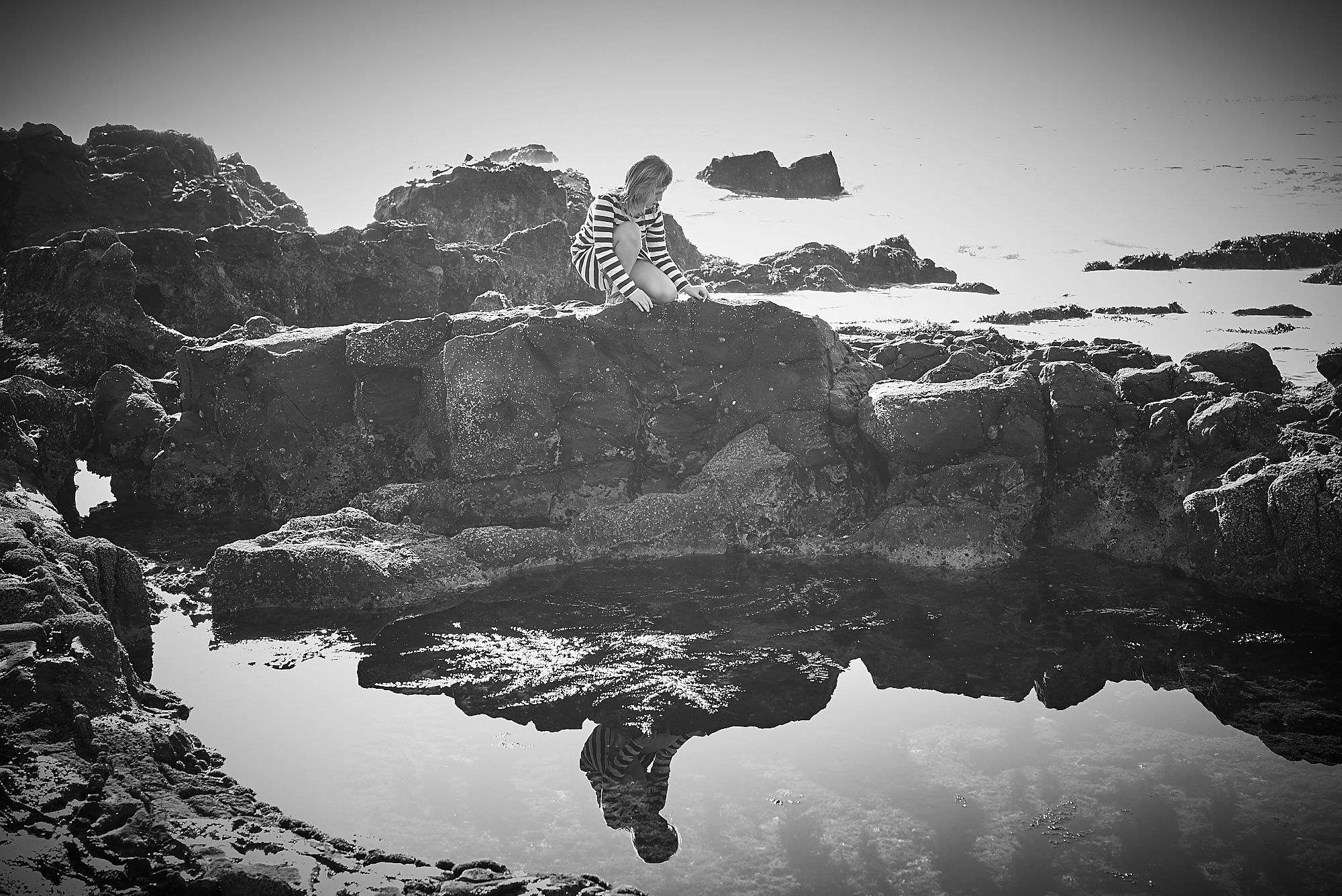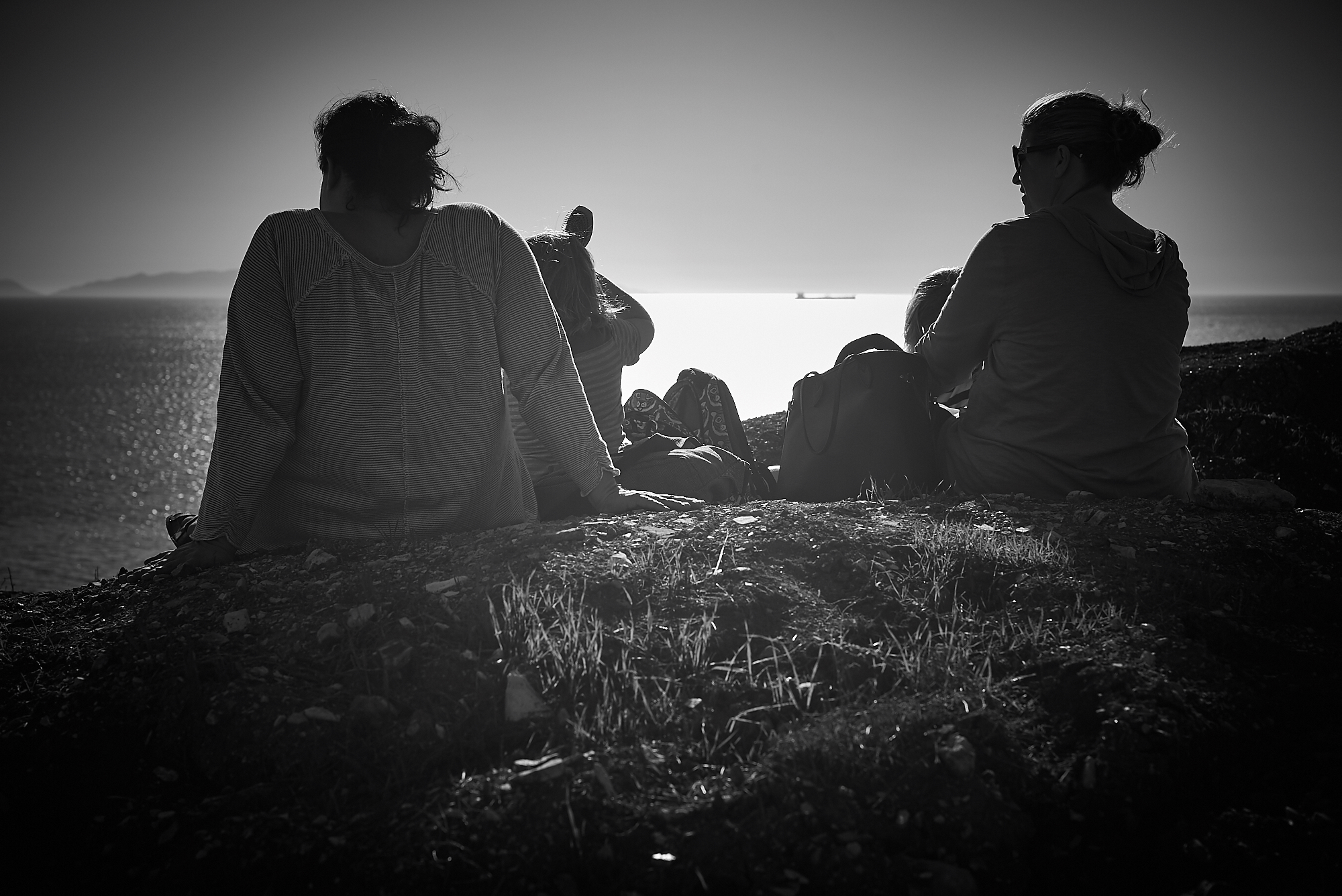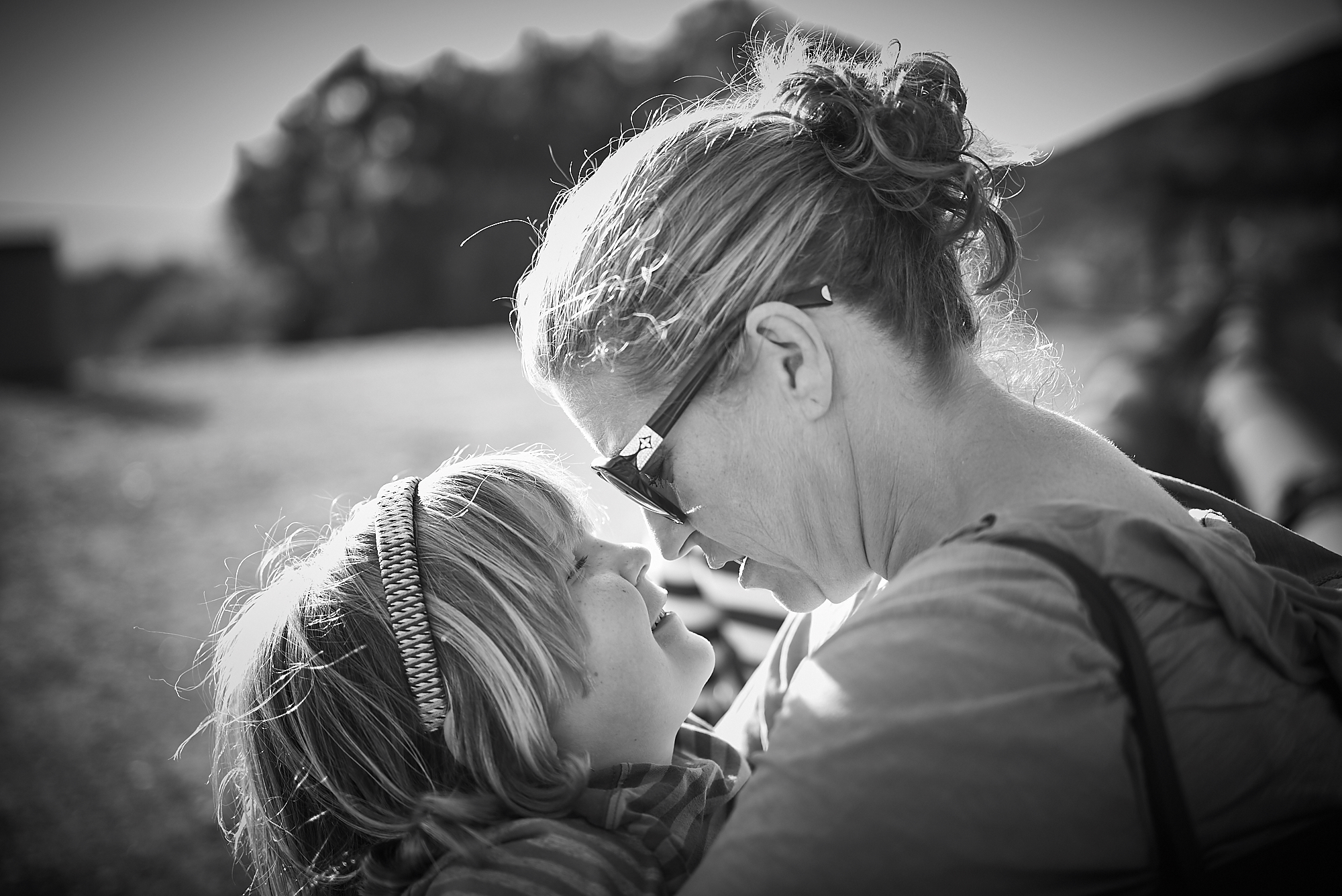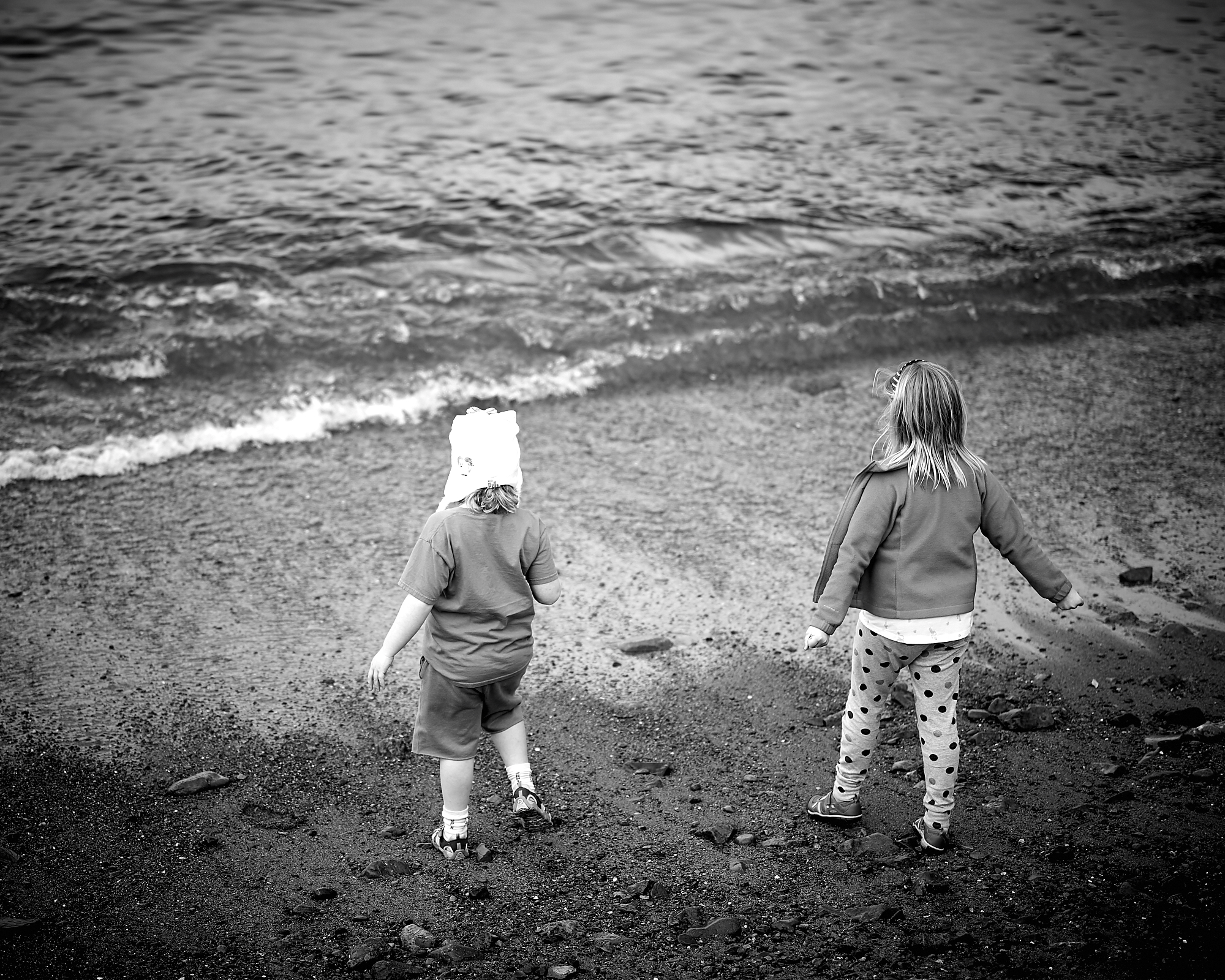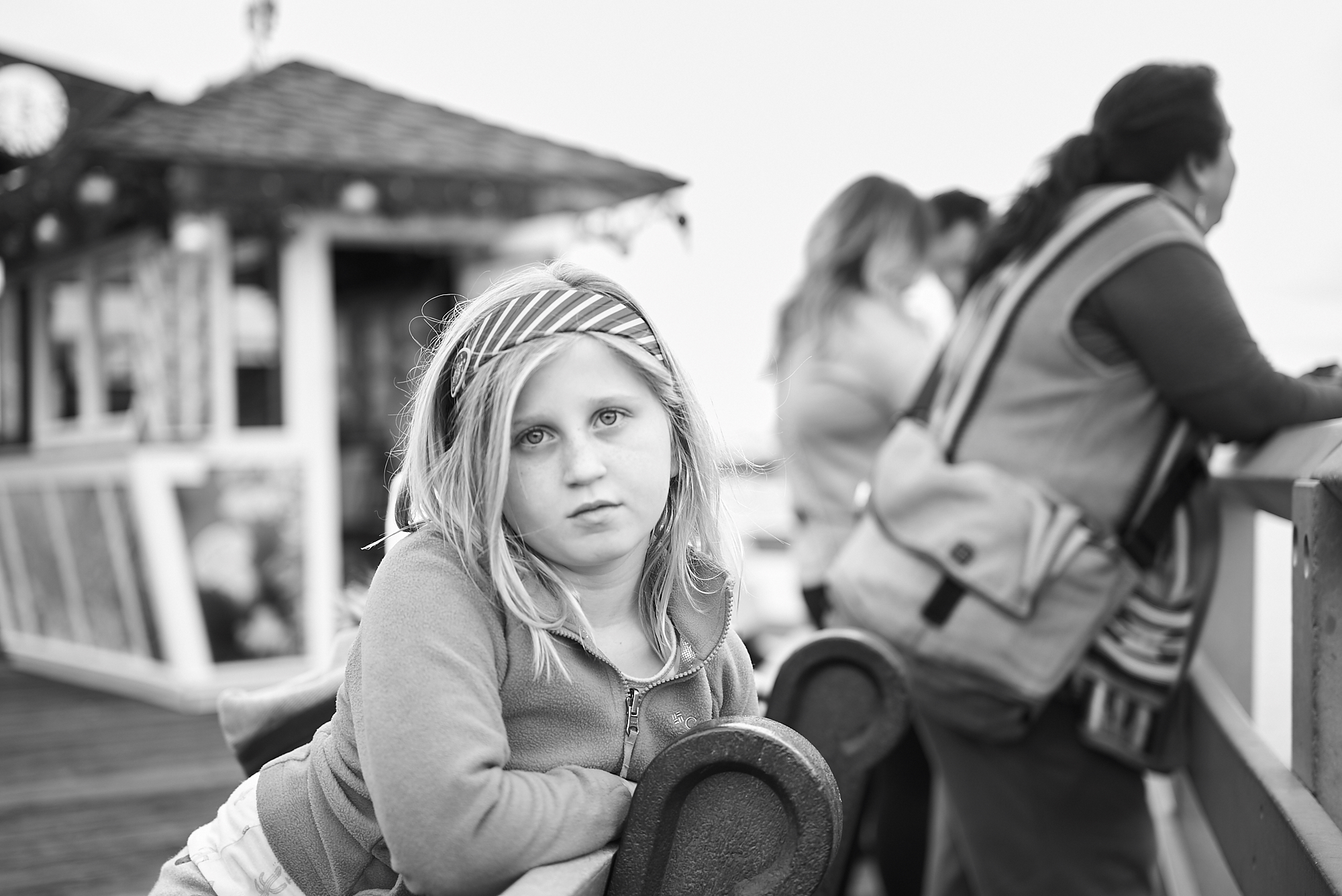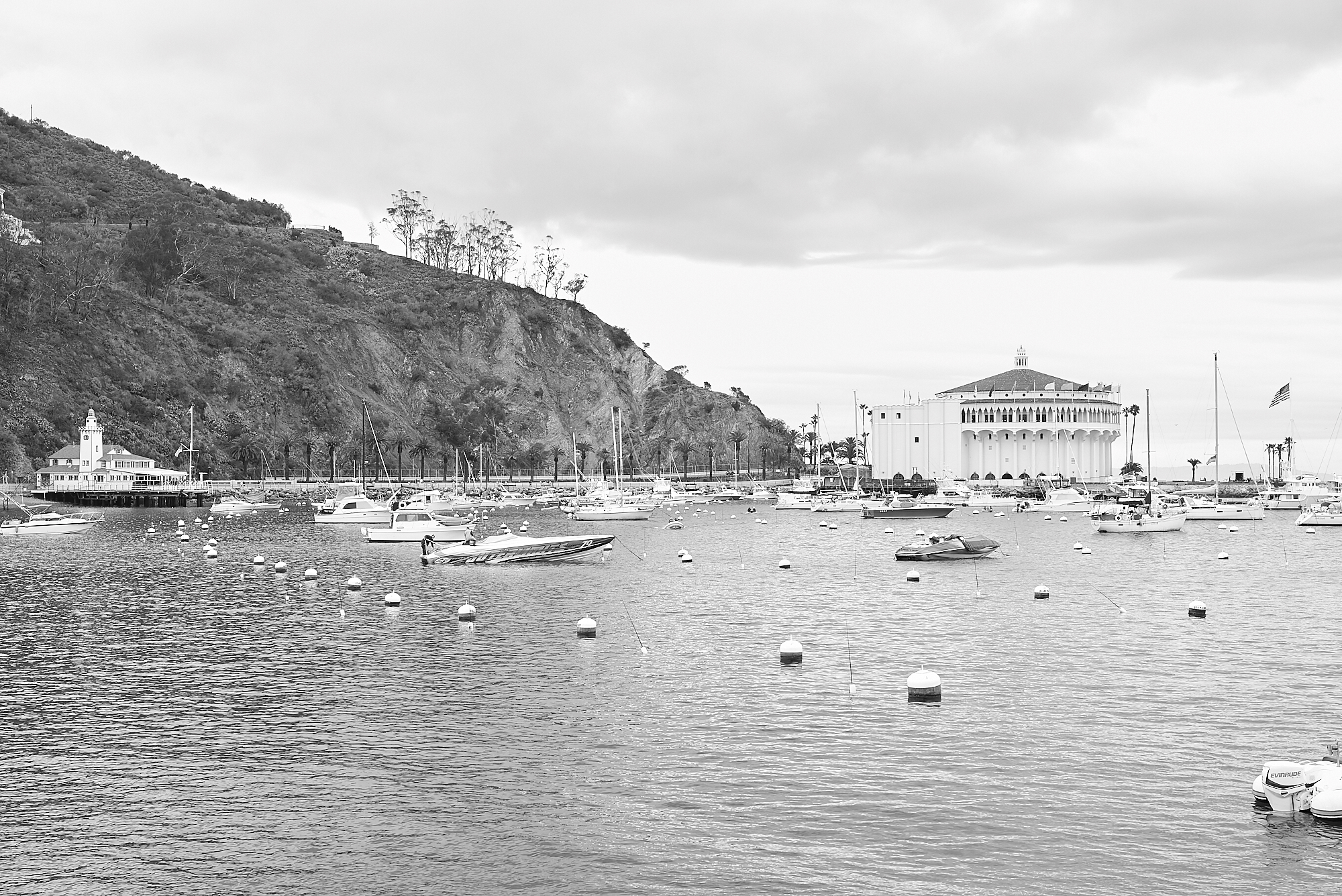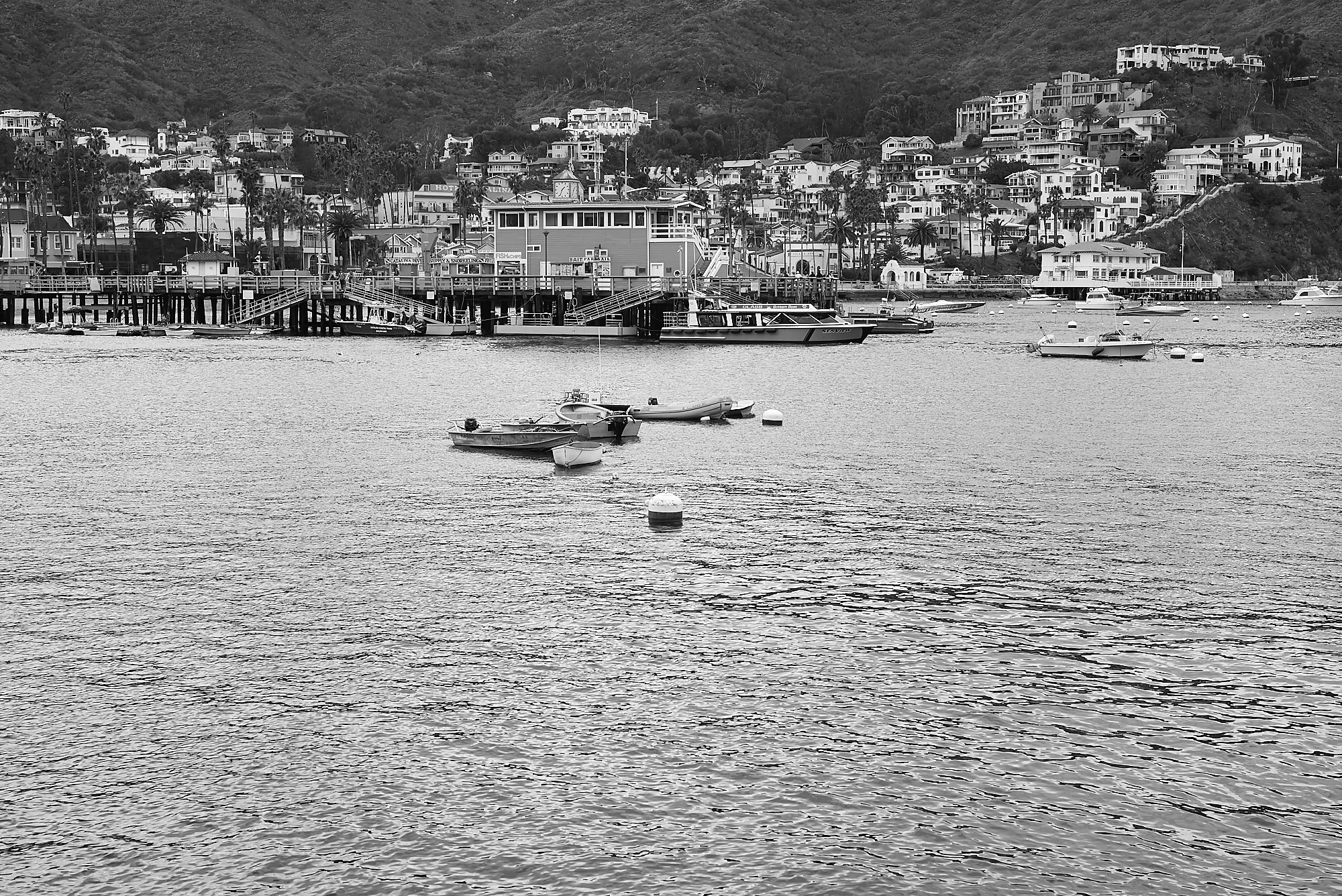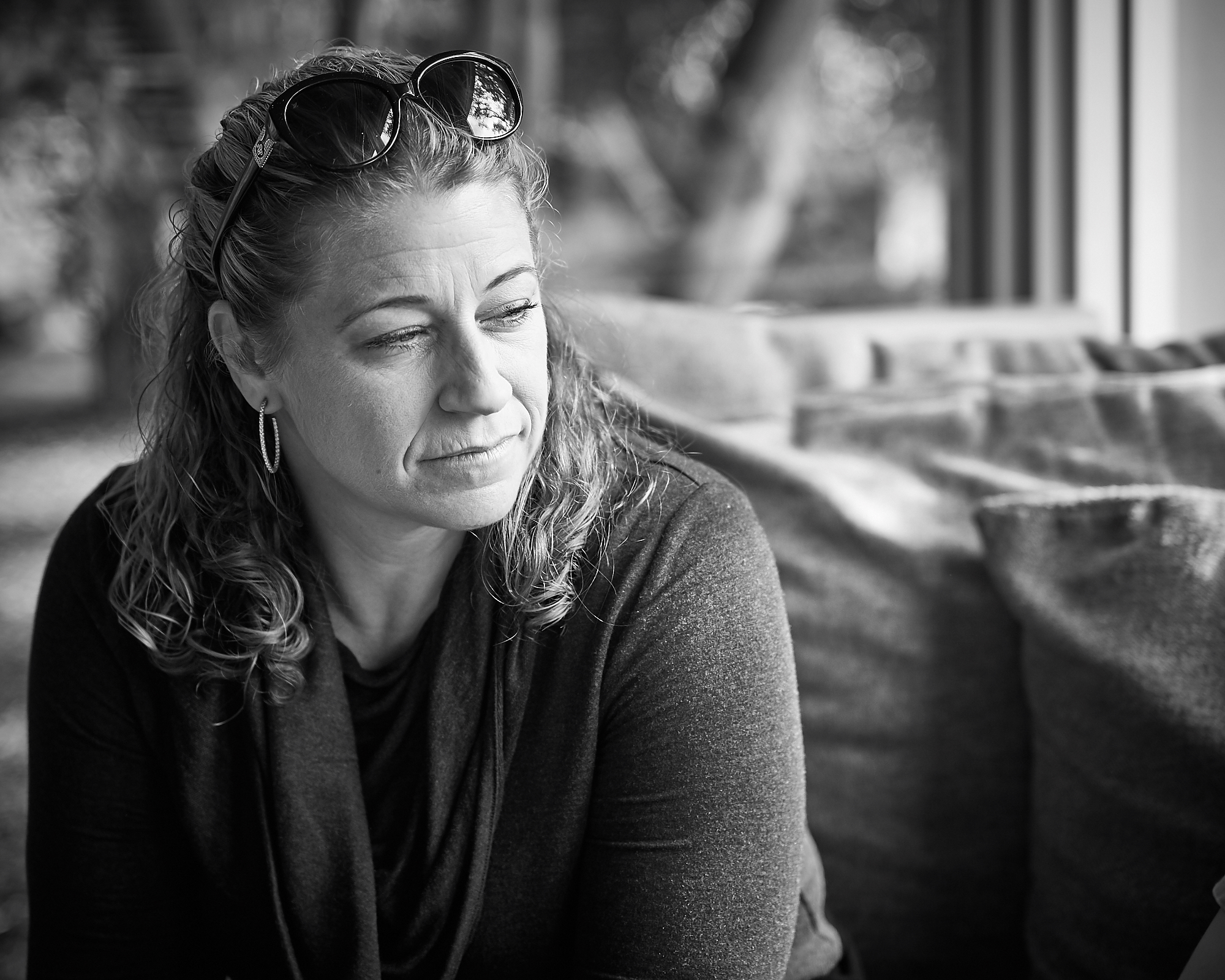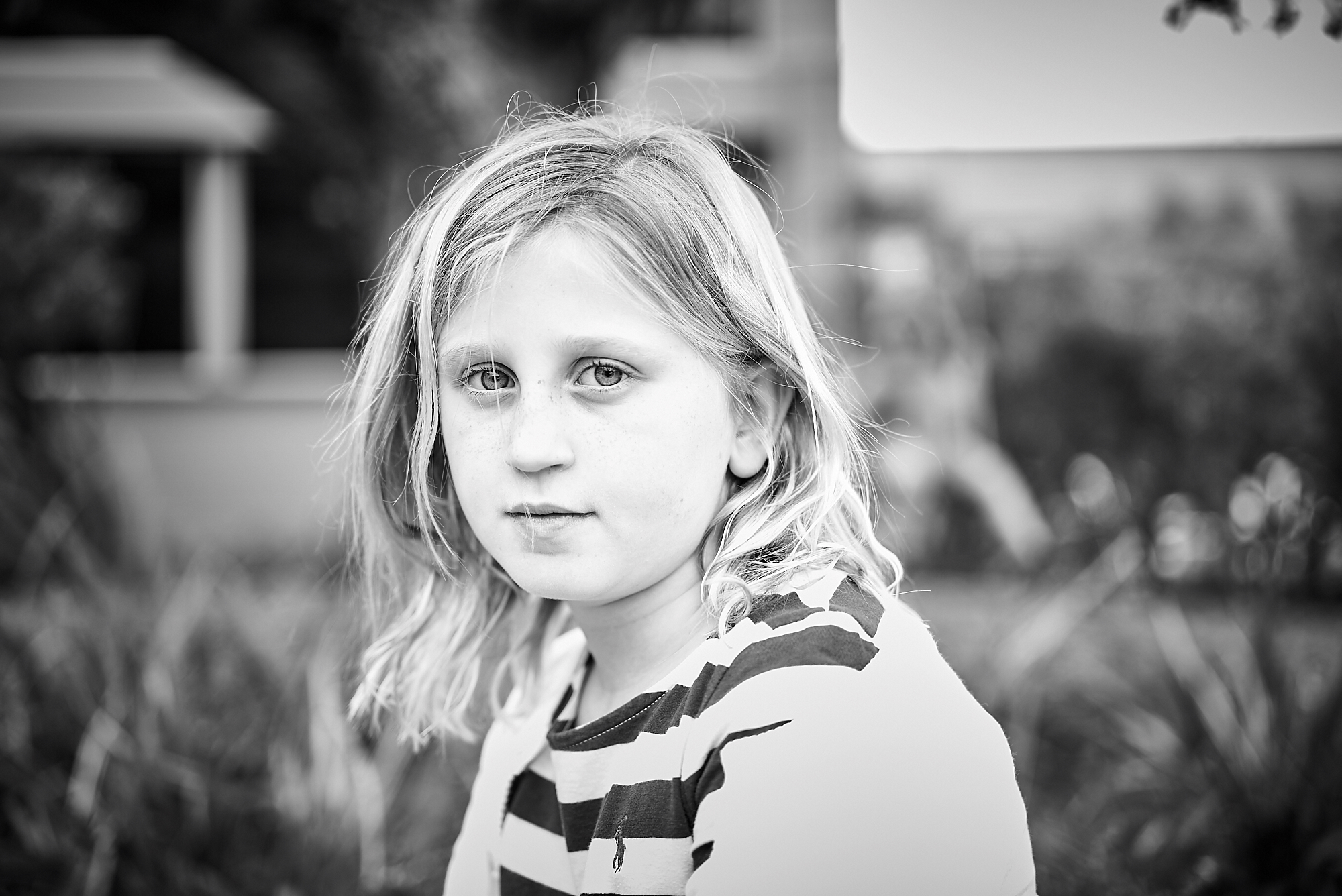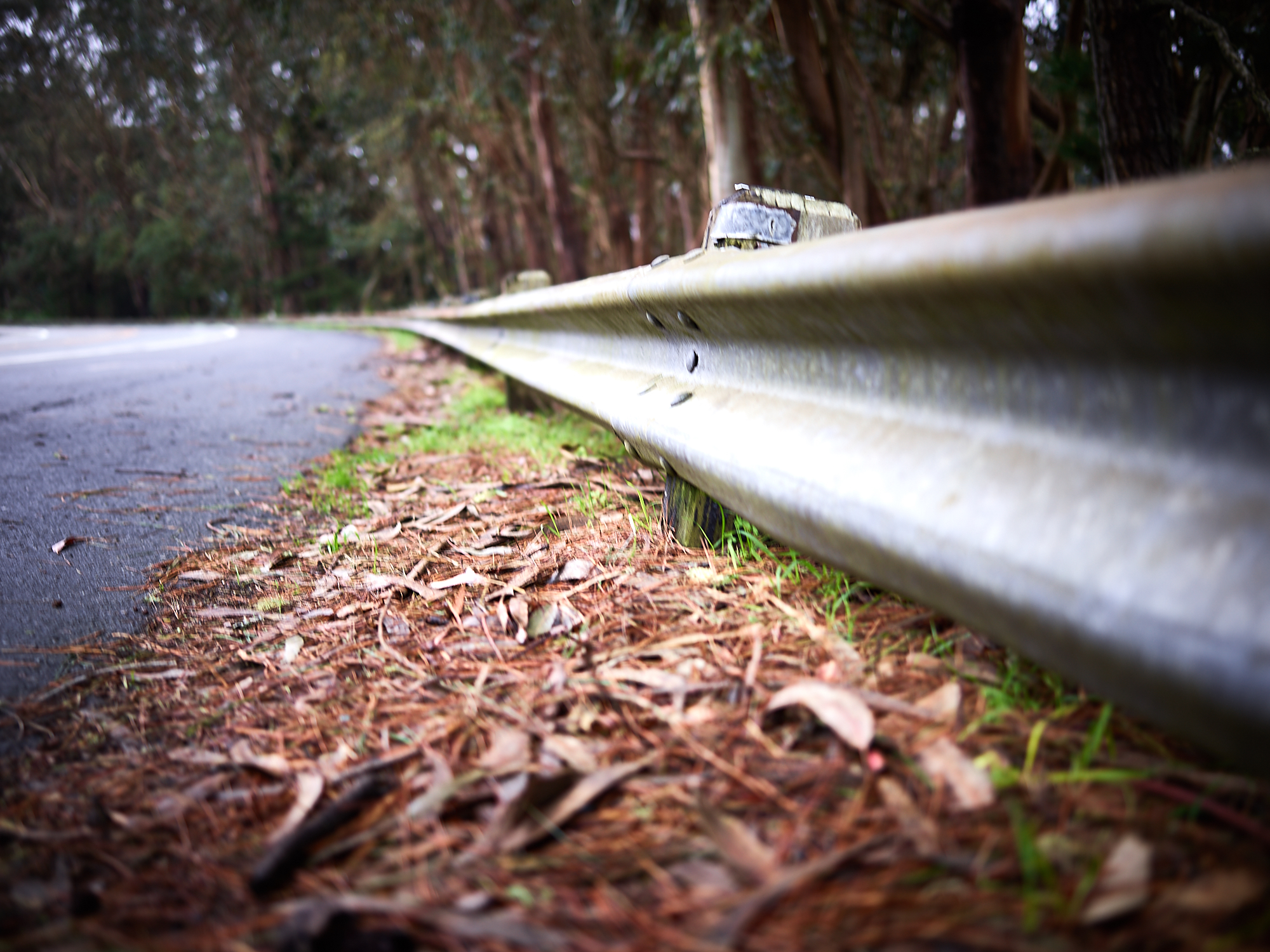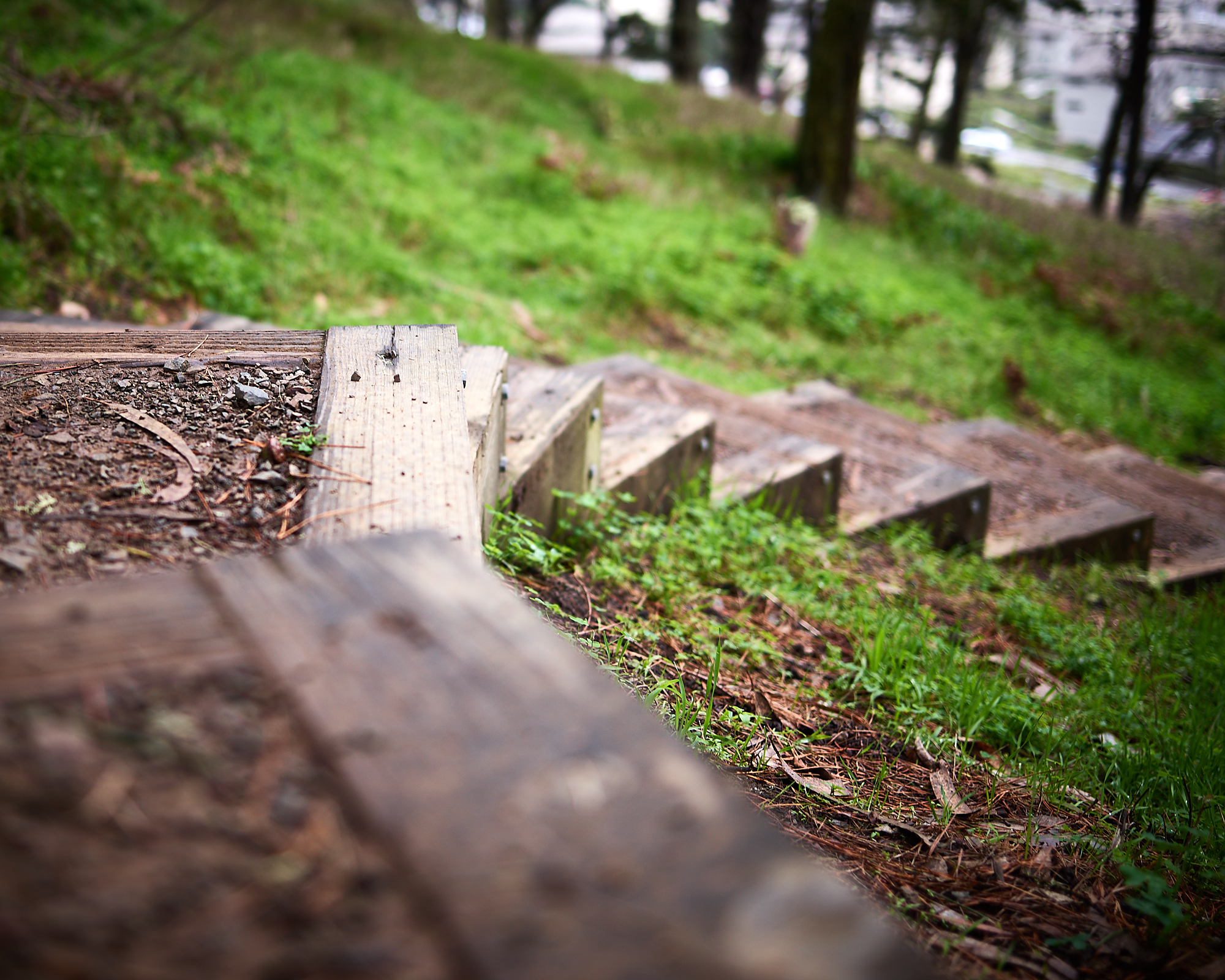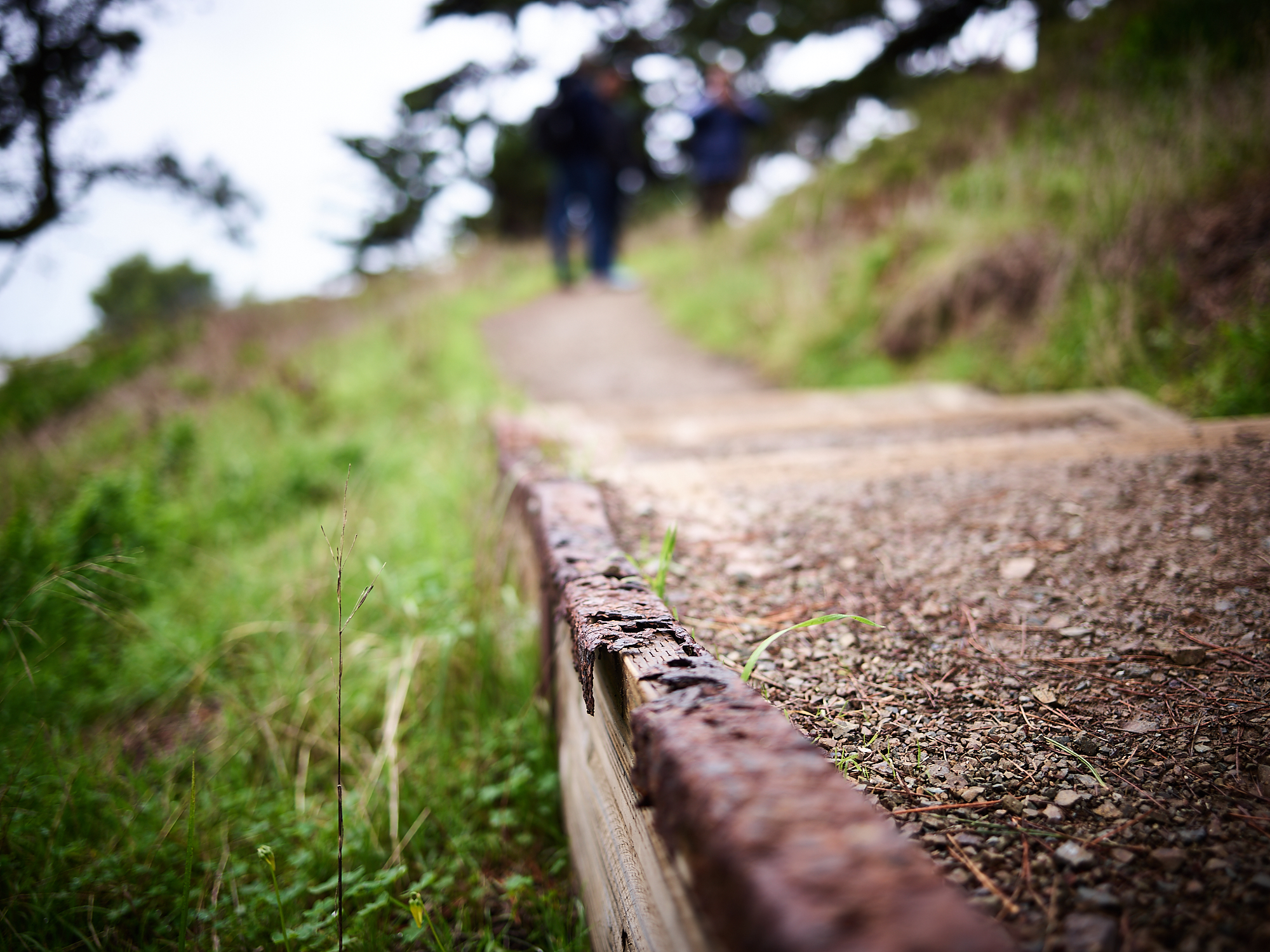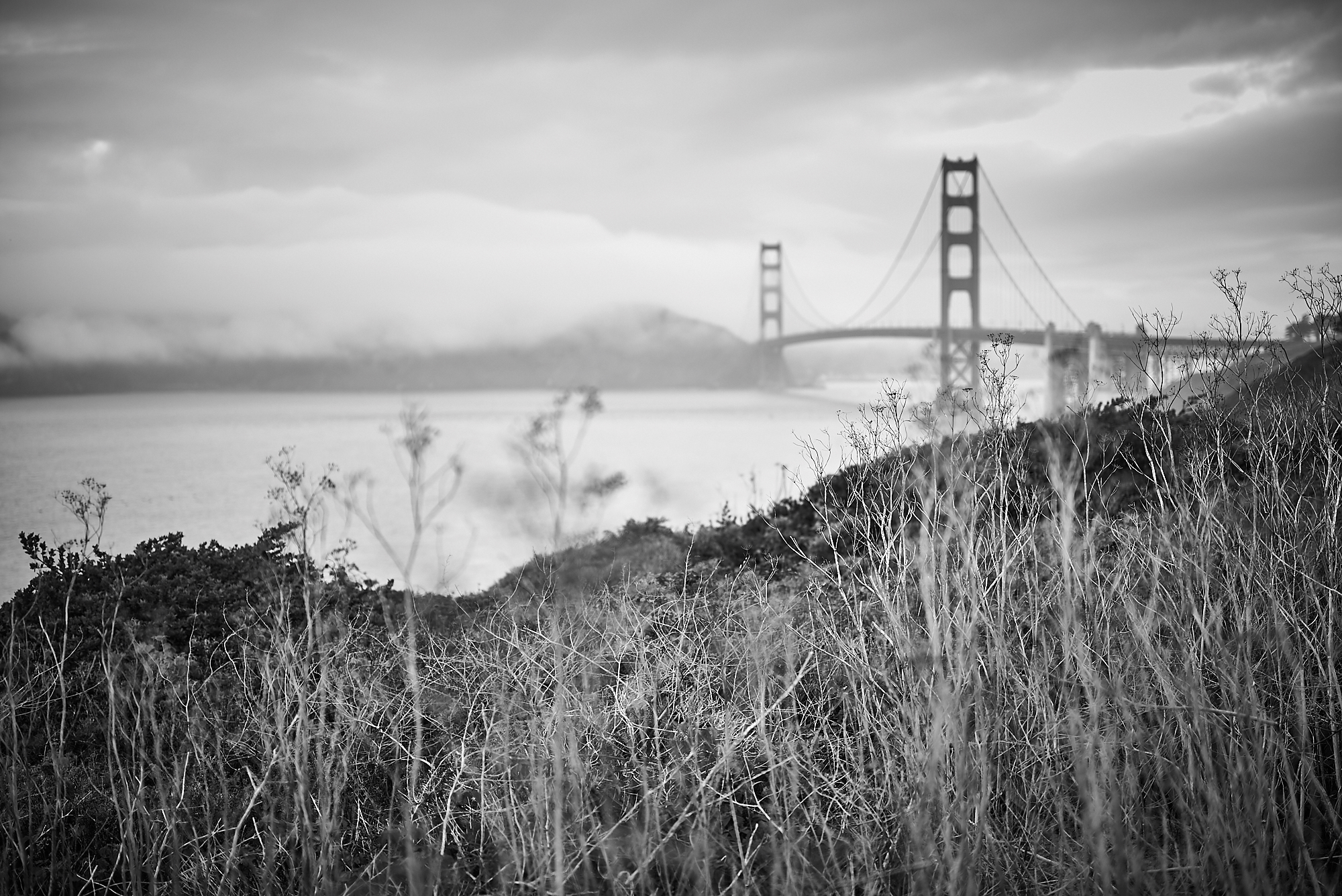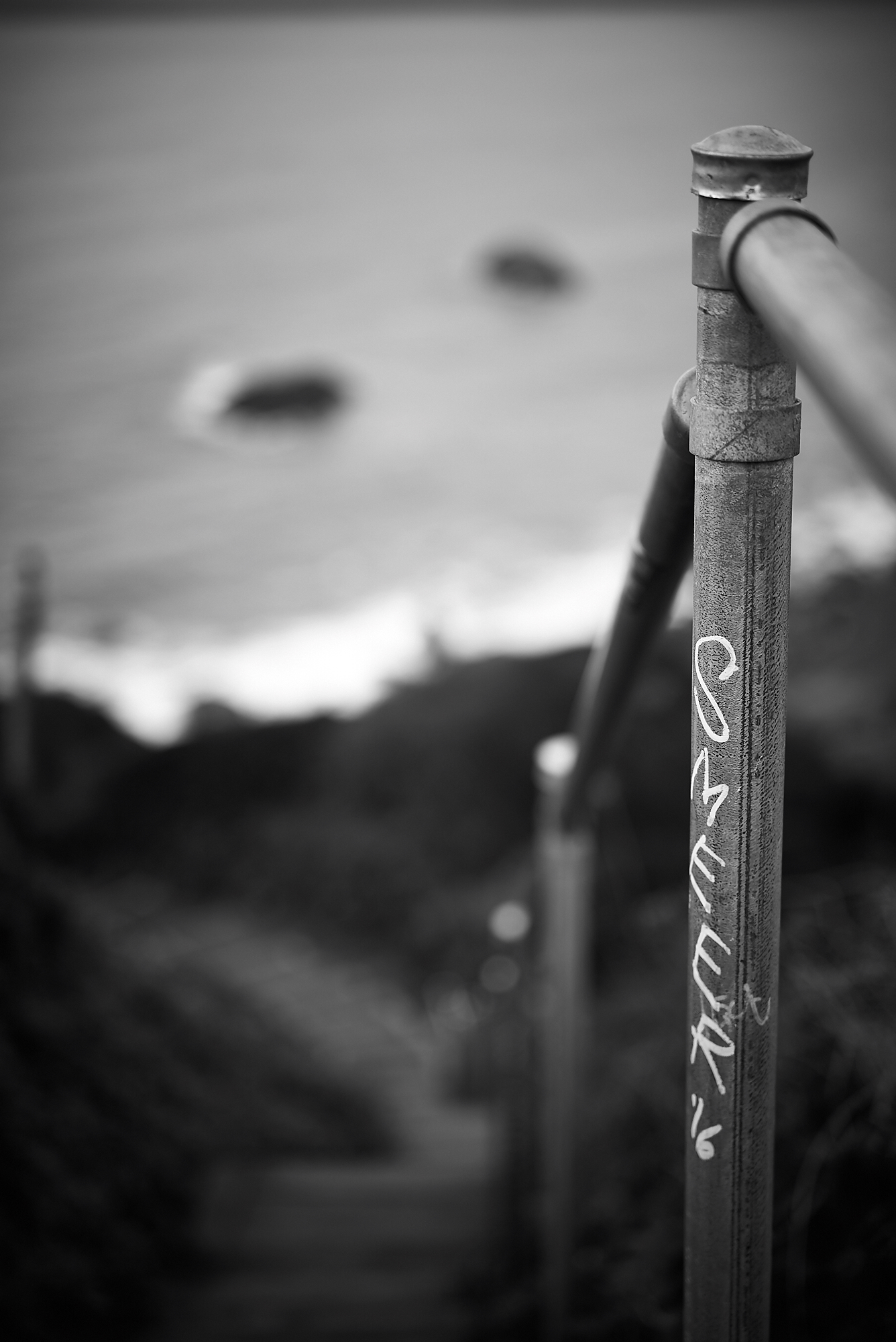Despite the fact that 1.3 trillion photos will likely be taken in 2017, it is ironically difficult to find good sources of information about high-end photography on the Internet. Granted, the vast majority of those 1.3 trillion images will be captured on smartphone cameras by folks who don't even consider themselves hobbyist photographers. And most of the photography news sites have business models that require them to focus their energy on the middle of the professional and hobbyist photography market. Nonetheless, if you're a gear nerd and obsessed with the top end of camera equipment, the same way that a car enthusiast might be about Ferrari's, Lamborghini's, Porsche's, etc., you have a limited selection of online resources to help satisfy your information needs.
This is a real shame at this particular point in time given that we are going through a renaissance of sorts at the high end of photographic gear. There are some very exciting developments in the medium format digital market right now. Phase One and Hasselblad introduced 100 megapixel systems in 2016. And in 2017 we will have two new 50 megapixel, mirrorless, medium format cameras on the market from Hasselblad and Fujifilm at significantly lower price points than the typical entry-level medium format camera. These two mirrorless medium format cameras are also more compact than the current crop of SLR medium format cameras which tend to be bulky enough that their use for certain types of photography can be challenging.
If you want to stay informed about a medium digital format photography marketplace that all of a sudden is moving kinda fast, your best bets are actually forums, and in particular, the forums at Luminous Landscape or GetDPI. Many folks who own medium format gear, who sell it, and who are otherwise quite knowledgeable about medium format photography congregate in these two forums. In general, following these two forums is an awesome way to stay informed and to discuss all manner of topics relevant to this sort of gear and the types of photography for which it is well-suited. I've learned a ton, particularly from the LuLa forums, since I got into medium format digital four years back.
But forums, even ones filled with smart, decent folks discussing something as arcane as medium format digital cameras and photography, as we have seen with other flavors of social media in 2016 in discussions of US politics, are sometimes one post away from devolution into an irrational, angry mob. Which is exactly what's happened over the past few days on LuLa and GetDPI, starting with Kevin Raber, publisher of Luminous Landscape, reporting that Hasselblad had been purchased by drone maker DJI and speculating about Hasselblad's future.
I think that to understand the furor in the forums over Kevin Raber's article we have to go back a bit further to Hasselblad's recent history, which is not what one would say has been characterized by flawless execution. For instance, just prior to their current generation of gear, they put out two cameras--the Stellar and the Lunar--that were rebranded Sonys with minor cosmetic tweaks and significantly increased prices. Neither were successful and both were widely ridiculed by the photography press and community.
Hasselblad got a new CEO in 2015(?) and subsequently started announcing and shipping interesting products again. The Hasselblad CFV-50c is a very cool 50 megapixel digital back that can be attached to the classic Hasselblad V system cameras, giving them new life in a digital world. They announced the H6D series of professional medium format DSLR cameras in 50 and 100 megapixel variants with beautiful-looking new software. And they announced a stunning-looking small-form-factor mirrorless medium format cameras, the X1D, with a 50 megapixel sensor, a new lineup of lenses, and an attractive price point.
All of this would be great, if Hasselblad could actually ship cameras. You can lay hands on the CFV-50c and the H6D-50c, but, even though they're technically "shipping", virtually no one has received their H6D-100c or X1D orders yet, and it's unclear how long folks are going to have to wait before they will receive their orders. You can't just walk into a dealer right now and walk out with the systems in hand, or even a good estimate for when you might be able to get an order filled. Hasselblad, for reasons that are unclear, isn't able to give customers or dealers real clarity on when product will be coming to market in sufficient quantity to fill demand. There are a bunch of theories why this might be the case, some optimistic, some less so. With the X1D launch Hasselblad has promised ship dates that they haven't hit, continued to work on firmware that enables marketed launch features almost four months after the date the camera was supposed to launch, back-pedaled on certain features they claimed would be in the camera (built-in GPS), and claimed shipping success with just a tiny trickle of product hitting the market. Less attention has been paid to the H6D-100c, I suspect because far, far fewer people have ordered the $32k flagship camera, but after being announced in April of 2016, they still are not generally available.
The Occam's Razor explanation for all of this, although this is still just speculation on my part, is that Hasselblad has capital issues and needed to announce the H6D-100c and X1D before they were ready in order to assess demand and to use pre-orders to manage capital to pay for parts and to hire staff. They probably over-estimated their ability to finish all of the work to bring a brand new product to market within the timelines they communicated to the public, something definitely not unique to Hasselblad. And to top it off, the sensors that these cameras use are made by Sony in a facility in Kumamoto which experienced an earthquake in April of 2016 that has impacted its ability to fill orders placed by other camera manufacturers. Phase One, which also sources 100 megapixel sensors from Kumamoto for the cameras they announced in 2016, has been shipping 100 megapixel cameras throughout the year, which I'm guessing is the difference between paying for your sensors in advance and being first in line versus waiting to order in volume because of capital constraints. Bad luck and bad timing for Hasselblad.
IMO, none of this would matter if the idea of the X1D had not so powerfully resonated with potential customers. The H6D-100c is even later than the X1D, but folks are far less wound up about it. It's a resolution upgrade to systems you can already buy, which is nice, but not revolutionary. And if you're in a super, super, super hurry to get 100 megapixel files and willing to spend more money, you can buy a Phase One. The X1D on the other hand is not an upgrade to anything. It's revolutionary. And until the Fujifilm GFX ships in the next couple of months, there's nothing else like it on the market. A whole bunch of folks want to get their hands on one ASAP. Some sold their gear to finance such a purchase. Some put purchase plans of other gear on hold to order an X1D. Even folks who are typically cautious, whose common sense tells them to wait until units are shipping, the reviews are in, etc., before making a purchase decision on such an expensive product, have jumped on the X1D early adopter bandwagon. Many of the folks who desperately want to lay their hands on this camera are not enjoying the uncertainty that Hasselblad has created around its launch, and the fact that no one can really tell them when they might be able to get an X1D. Kevin Raber's article, which in my opinion was not written with ill-intent, adds to this uncertainty.
The forums where much of this Hasselblad product launch drama is on display, unfortunately aren't good places for speculation to converge into some "wisdom of the crowds" consensus on what's going on and the extent to which those goings on are likely to impact the availability of the products that some of us are interested in purchasing. There's religion there, both pro-Hasselblad and anti-Hasselblad, and the resulting furor in the forums over Kevin's article and over other folks trying to fill Hasselblad's information vacuum with theories that are not compatible with these mutually incompatible worldviews is considerable. Even though nothing that I've said in this blog post is anti-Hasselblad, and the reality is that I love most of Hasselblad's history and think that the X1D is likely to be a remarkable camera, had I posted any of these thoughts about the situation in either forum, I would have had a whole bunch of flamethrowers pointed in my direction right away. Folks there would attempt to substitute my opinions with theirs in the guise of logical argument, call my credibility into account, accuse me of being a Phase One shill, etc. That might make a Hasselblad fundamentalist feel better, but, it doesn't really do much to help inject more certainty into a situation that needs some believable consensus.
The really sad thing about all of this is that whatever is going on with Hasselblad, folks are so enthused about their new products, and so supportive of the brand, that if they would just explain what the hell is going on, folks would calm down and give them a wide berth to do what they need to do to get these products to market. They have assuredly "lost the narrative" in two of the most important places where their potential customers reside, which is no bueno for them. Flame-y forums filled with highly opinionated, passionate photography enthusiasts throwing around theories based on 20% fact and 80% fervent conviction isn't really a good substitute for competent marketing and customer relations. But alas, this appears to be the world in which we live.
